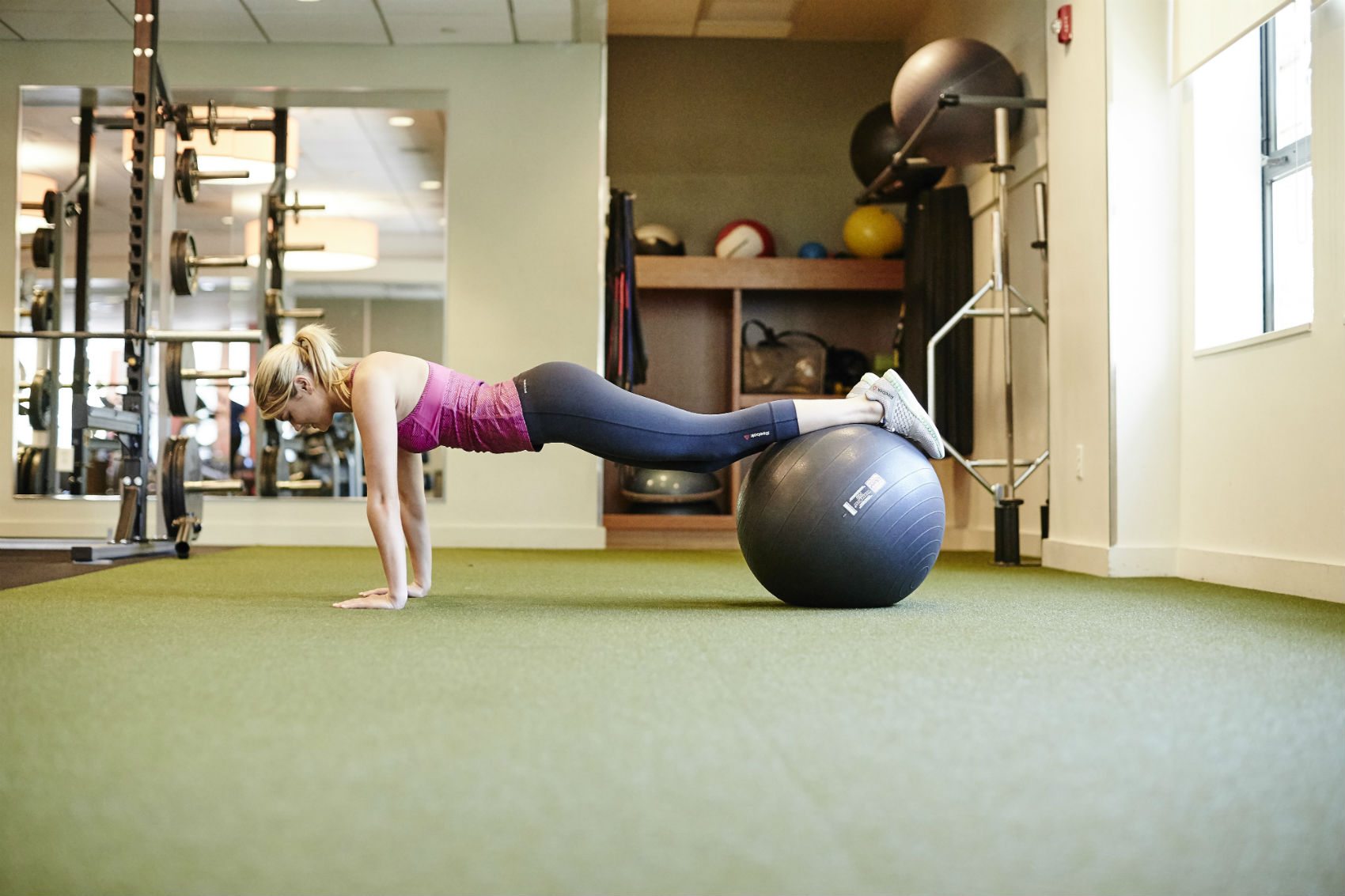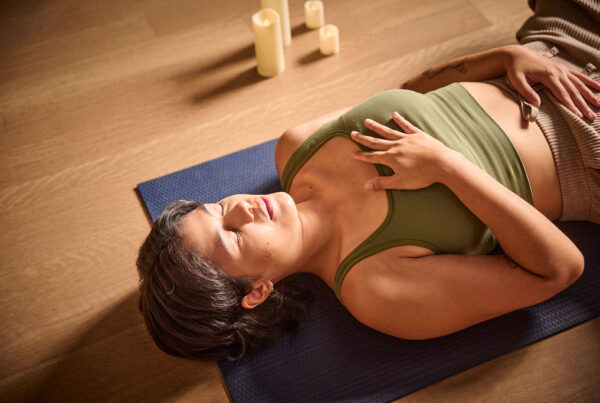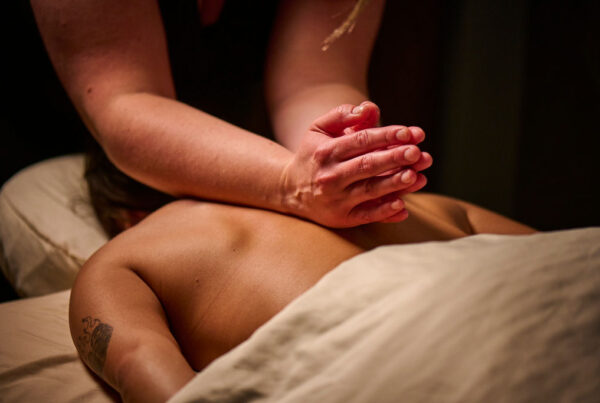A little muscle soreness can be a good thing. It means that you’ve challenged your body; and what challenges you, changes you. Being sore isn’t an excuse to lie on the sofa for the next few days..even if that’s the only thing you feel like doing. Here’s what you need to know about working out when you’re sore.
First, Make Sure You’re Not Injured
If the pain is truly excruciating and it’s limited to one particular joint or a single muscle, hit the pause button. Simple muscle soreness will be evenly diffused across the area that you’ve exercised. It will present as an ache or tenderness rather than a sharp, stabbing pain and will improve with gentle movement. If you’re experiencing pain, not soreness, take a rest day to see if it improves, or see your doctor.
Perform Some Light Cardio
The best way to overcome muscle soreness is to get moving. Delayed-Onset Muscle Soreness (DOMS)—that tenderness or achiness that you feel in the next day or two after new/intense exercise—is caused by inflammation and microtears in your muscles. Don’t be alarmed! This is a good thing. Your muscles knit together those micro-tears by building new muscle. New muscle! This is what you want!
In the meantime, increasing blood flow to those damaged areas can actually speed the healing process. Get your blood circulating! Try some time on the treadmill or elliptical trainer or take a yoga class. Just be sure to start with some dynamic stretching, and take the intensity down a few notches.
You May Also Like: 3 Benefits of Massage for Runners
Train Other Body Parts
Train another part of your body if your soreness is limited to a particular area. Did leg day do you in? Focus on your back and chest muscles tomorrow. Are your biceps and triceps quivering every time you lift a coffee mug? Work on your abs during your next trip to the gym. You can often find some muscle group to challenge while giving the others a chance to heal.
Find Relief With Foam Rolling or Massage
DOMS might leave you tender to the touch but if you can tolerate it, some foam rolling or light massage also will improve blood flow to those healing muscles and release any cramps and knots holding you back.
Get Comfortable With Discomfort – Workout Sore
Dealing with muscle soreness sometimes requires a shift in perspective. You can focus on the pain, or you can relish the realization that you’ve pushed your body to a new level. If you’re just starting out or you’re trying something new, it might not take much to make you feel sore. That’s ok!! Being sore is your body’s way of saying, “High five! You’re gaining strength AND skills.” If you never feel sore at all…you may need to work a little harder!








